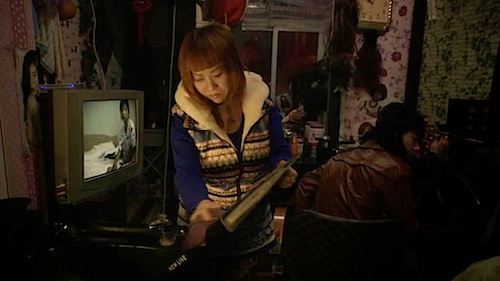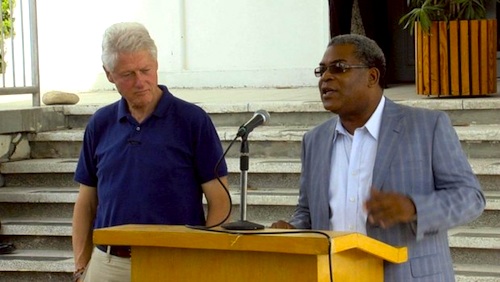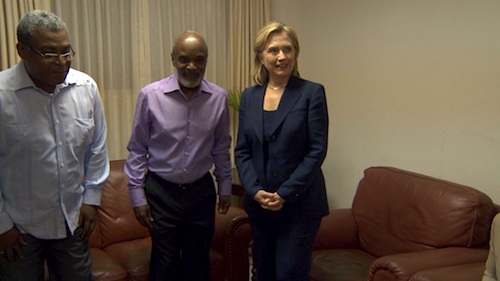By Joe Bendel. For many ardent listeners, the words “jazz” and “philharmonic” have heavy significance when used in close proximity. It automatically summons images of the all-star concerts and recording sessions the legendary Norman Granz produced in concert halls around the country. This is not a Granz production. The philharmonic reference is more in keeping with the classical tradition. However, the jazz is still for real in Jazz and the Philharmonic, a concert featuring alumni of the National YoungArts Foundation, the Henry Mancini Institute Orchestra, and some of the top names in jazz, which airs on most PBS stations this Friday (yes, real honest-to-gosh jazz on PBS).
Of course, jazz and classical crossover fusions are nothing new. That is exactly what Third Stream Jazz was all about. While many of the program selections feature jazz soloists playing with the Mancini Orchestra (whose namesake would surely have approved of the program, especially the theme from Charade), there are several straight-up solo, duo, or trio jazz performances, which is obviously not a bad thing.
In fact, it is a very good thing when Chick Corea, Dave Grusin, and Bobby McFerrin open the concert with an elegant but persistently swinging “Autumn Leaves” for voice and two pianos. Corea fans really get their money’s worth throughout the concert, with the NEA Jazz Master performing in a variety of settings, mostly notably joining the Mancini Orchestra on his “Spanish Suite,” a composition perfectly suited to the evening. His duet with McFerrin, “Armando’s Rhumba” is not as distinctive, but they clearly enjoy making music together, which is part of the fun of a show like this.
In addition to “Spanish Suite,” Terence Blanchard also has feature spots on “Fugue in C Minor” and “Solfeggietto,” probably the two most overtly swinging-the-classics numbers of the evening. However, he is probably best showcased fronting the orchestra for a rendition of “Charade,” a wonderfully lush arrangement that brings to mind his classic Jazz in Film CD. Yet, perhaps the most effective jazz and classical dialogue comes when Elizabeth Joy Roe and Shelly Berg tackle “The Man I Love” as a lyrical but muscular piano duet, from the classical and jazz sides, respectively.

Nevertheless, the surprise peak of the concert integrates the sounds of deep roots Americana as well as jazz and classical when violinist Mark O’Connor joins pianist Dave Grusin on a sensitive and soulful version of “Simple Gifts,” the Shaker standard subsequently incorporated into Copeland’s Appalachian Spring. Rather fittingly, Grusin’s “Mountain Dance” follows. Purists might dismiss it as too “smooth,” but man, is it ever a pretty melody, sounding almost tailor made for the full orchestral treatment. It also provides a nice launching pad for O’Connor. In fact, Grusin takes two rather impressive solos as well: one fleet and swinging and the second surprisingly adventurous—so take that jazz snobs.
Aside from a weird choice for a closer (Also sprach Zarathustra from 2001, really?), Jazz and the Philharmonic is an extremely welcome dose of jazz on primetime PBS. It ranges from pleasantly entertaining to downright revelatory. It should motivate viewer-listeners to keep an eye out for a talented newcomer like Roe and catch up with the work of accomplished veterans like O’Connor and Blanchard. Naturally, it always sounds great from a technical perspective, thanks to the late, great engineer Phil Ramone, in whose memory it is dedicated. Highly recommended, Jazz and the Philharmonic airs on hip PBS outlets this Friday night (2/28).
LFM GRADE: A
Posted on February 25th, 2014 at 10:22pm.




